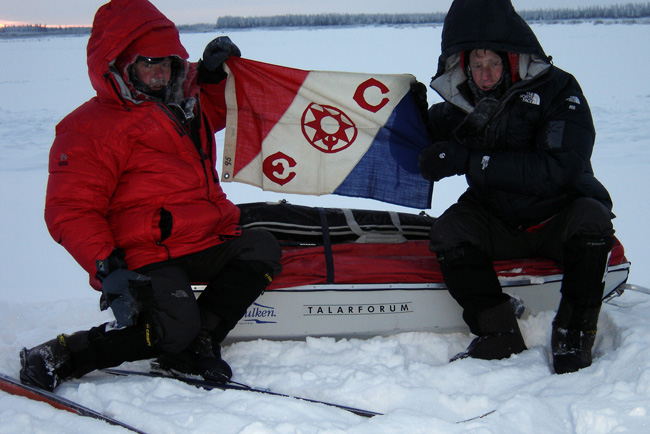


|
Frostbite Plagues Siberian Expedition – The Expedition Kolyma/Siberia team (See EN, January 2003) continues to slog along in Siberia, considered the coldest inhabited place on earth. In the fifth report of the Expedition Kolyma/Siberia, expedition leader Mikael Strandberg writes on Dec. 16, 2004, “When we left civilization at Zyryanka a month ago, nobody believed we would be able to ski during the darkest and coldest winter and survive. Nobody. They all believed we would succumb to the extreme cold. When we arrived at the small yakut settlement of Srednekolymsk today, in minus 61 degrees F. we were hailed as heroes. That's a real honor since it comes from the toughest and most durable humans on earth, the Siberians." |